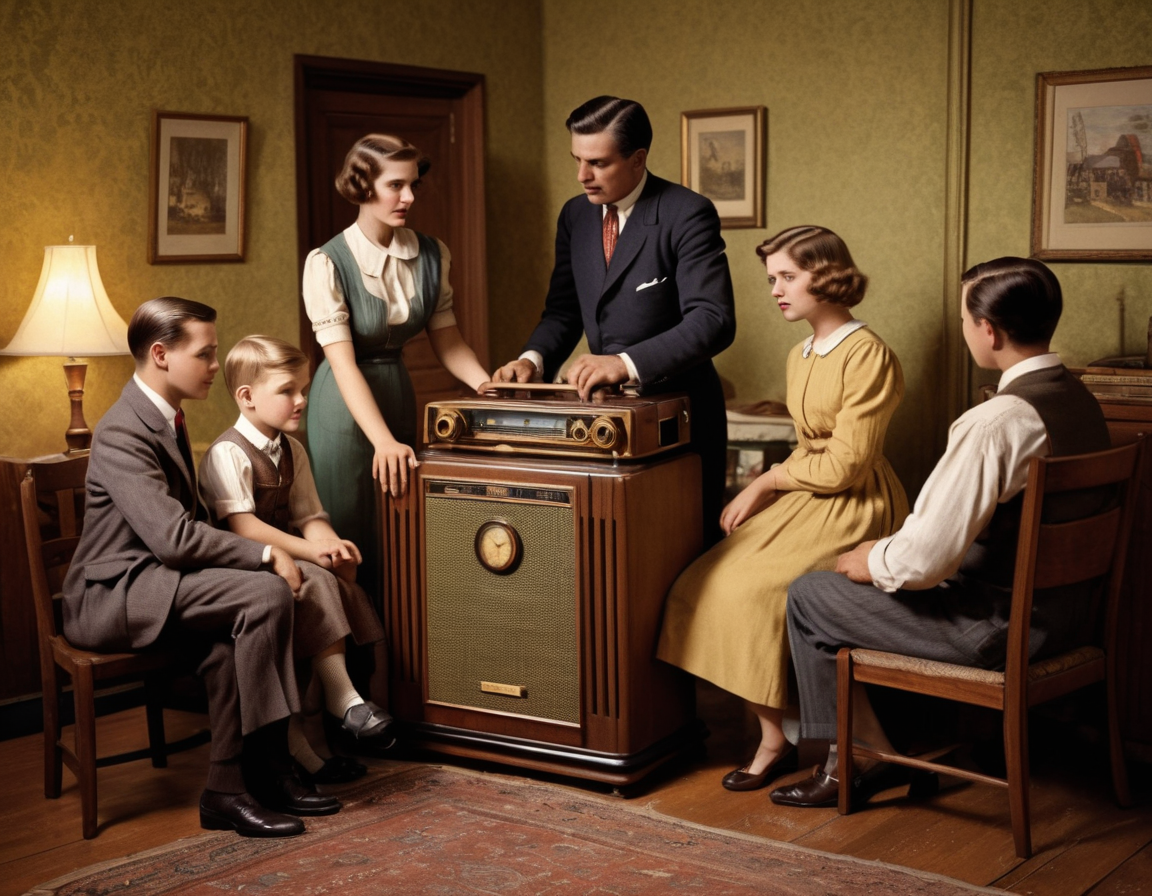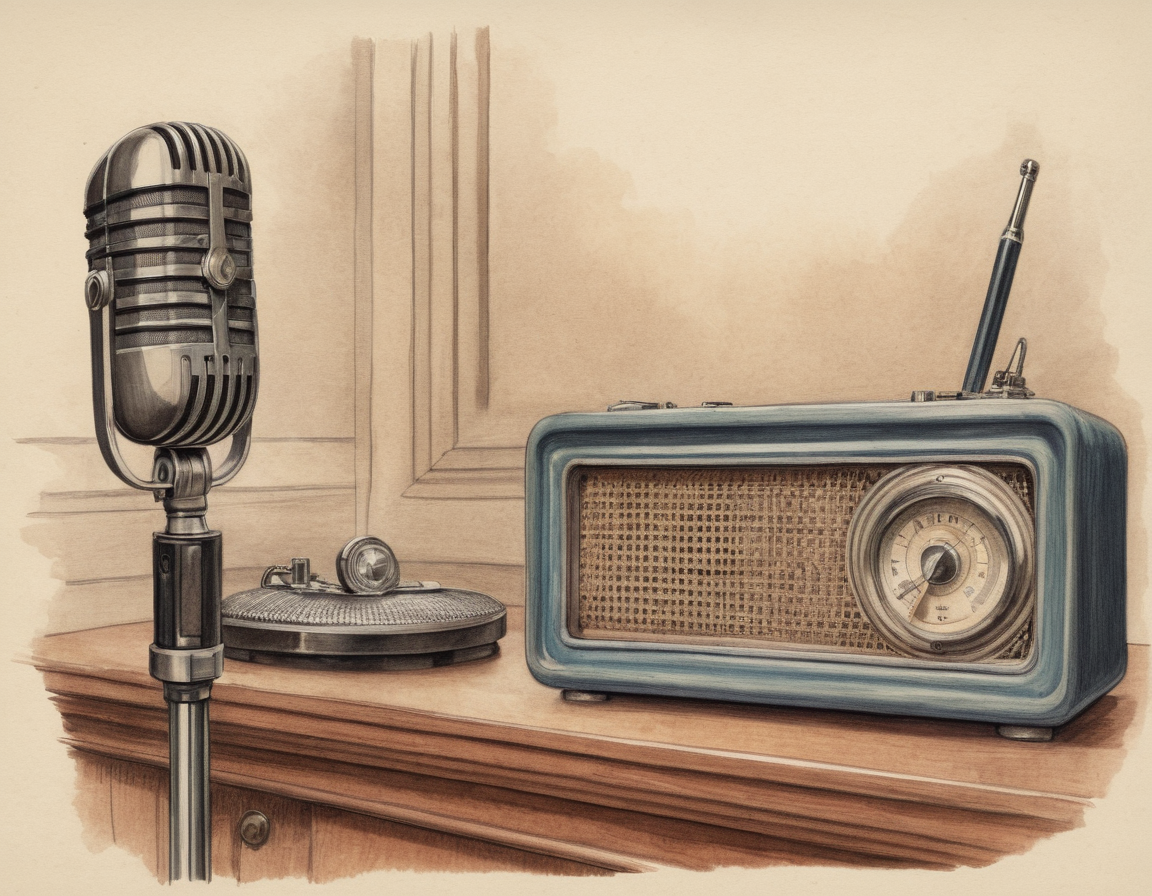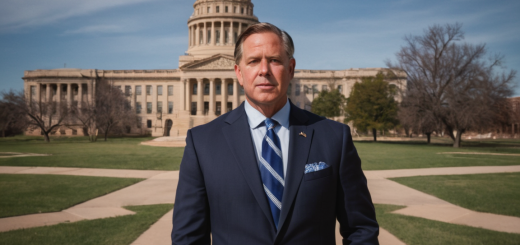The Radio Act of 1927: Reshaping the Airwaves and Society
A Century Later: The Impact of the Radio Act of 1927
In an era where streaming services and digital communication dominate, it might seem quaint to reflect on the Radio Act of 1927. Yet, this legislation paved the way for the modern broadcast landscape.  In this post, we trace the legacy of the Radio Act and its relevance in today’s media environment.
In this post, we trace the legacy of the Radio Act and its relevance in today’s media environment.
The Dawn of Regulation
Before the Radio Act, the airwaves were a Wild West of signals, with broadcasters stepping on each other’s frequencies. Chaos reigned until this pivotal law introduced a regulated system, granting the government the power to license radio operators and assign frequencies.
The Fairness Doctrine
A consequent to the Act was the Fairness Doctrine, a policy which required broadcasters to present controversial issues of public importance and do so in a manner that was honest, equitable, and balanced. Though no longer enforced today, its spirit lingers in debates about media bias and fake news.
Commercial Broadcasting and Free Speech
The Act also set the stage for commercial broadcasting. By organizing the airwaves, it allowed for an advertising-based model. This led to questions about the nature of free speech in a commercial context, issues that are at the heart of modern-day concerns about online platforms and monetization. 
Relevance in the Digital Age
While technology has progressed, the foundation built by the Radio Act of 1927 continues to influence communication laws. Ensuring fair and balanced use of resources remains a challenge, as does protecting the public interest in the wake of media consolidation and the rise of tech giants.
Conclusion
The Radio Act may have been signed into law nearly a century ago, but its echoes are heard today. By examining its impact, we gain insight into how law shapes media—past, present, and future.
Join the conversation by commenting below or share this post to invite more perspectives on this topic. 






